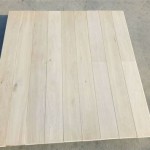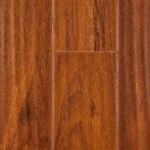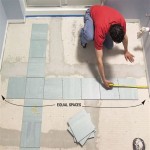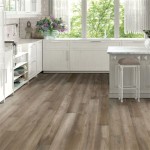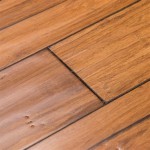Essential Considerations for Faux Brick Kitchen Flooring
Faux brick kitchen flooring has become increasingly popular as a stylish and practical option for homeowners. While it imitates the classic charm of genuine brick, faux brick flooring offers several advantages, including cost-effectiveness and ease of installation. However, selecting the right type of faux brick flooring and ensuring its proper installation is crucial to achieve the desired aesthetic and durability.
Types of Faux Brick Flooring
Faux brick flooring is available in various materials, each with unique characteristics:
- Ceramic Tile: Ceramic tile faux brick is durable, waterproof, and resistant to stains and scratches. It comes in a wide range of colors and designs, offering versatility to match any kitchen decor.
- Porcelain Tile: Porcelain tile faux brick is even more durable than ceramic tile. It is also waterproof, making it ideal for kitchens prone to spills and moisture.
- Vinyl: Vinyl faux brick flooring is flexible, waterproof, and easy to clean. It comes in both sheets and tiles, providing flexibility in installation options.
- Laminate: Laminate faux brick flooring consists of a high-density fiberboard core with a realistic brick texture printed on its surface. It is resistant to wear and tear but less waterproof than other materials.
Installation Considerations
Proper installation is essential to ensure the longevity and aesthetic appeal of faux brick kitchen flooring:
- Subfloor Preparation: The subfloor must be level, smooth, and dry before installing the flooring. Any unevenness or moisture can affect the stability and longevity of the flooring.
- Layering: Most faux brick flooring materials require an underlayment or mortar bed for added support and cushioning.
- Grouting: Grouting the joints between the faux brick tiles enhances their durability and provides a seamless finish.
- Sealing: Sealing the grout and flooring will protect it from stains, moisture, and wear and tear.
Benefits of Faux Brick Kitchen Flooring
Faux brick kitchen flooring offers numerous advantages over traditional brick flooring:
- Cost-Effective: Faux brick flooring is significantly less expensive than genuine brick, making it a budget-friendly option.
- Versatile: Faux brick flooring comes in various colors, textures, and finishes, allowing it to complement any kitchen style.
- Easy to Clean: Faux brick flooring is generally easy to clean and maintain, requiring only regular sweeping, mopping, and occasional deep cleaning.
- Durable: Ceramic, porcelain, and vinyl faux brick flooring are highly durable and resistant to wear and tear, making them suitable for high-traffic areas.
- Comfortable: Faux brick flooring can provide a warmer and more comfortable surface underfoot compared to ceramic or tile flooring.
Conclusion
Faux brick kitchen flooring is an excellent choice for homeowners who desire the classic charm and warmth of brick without the high cost and maintenance requirements. By selecting the right type of material, ensuring proper installation, and considering the benefits, homeowners can enjoy a beautiful, durable, and stylish kitchen flooring solution that will enhance the aesthetics and functionality of their space for years to come.

Diy Faux Brick Flooring Sincerely Marie Designs

Tips For Installing Brick Floors Thewhitebuffalostylingco Com

Authentic Brick Floor Tiles Experienced And Stone

Brick Flooring Timeless Beauty In The Home Town Country Living

Diy Faux Brick Flooring Sincerely Marie Designs

Brick Flooring Tiles Thin Walls Floor Tile

Tips For Installing Brick Floors Thewhitebuffalostylingco Com

Authentic Brick Floor Tiles Experienced And Stone

Kitchen Flooring Trend Follow The Red Brick Floor Colorado Nest

Kitchen Flooring Trend Follow The Red Brick Floor Colorado Nest
Related Posts



